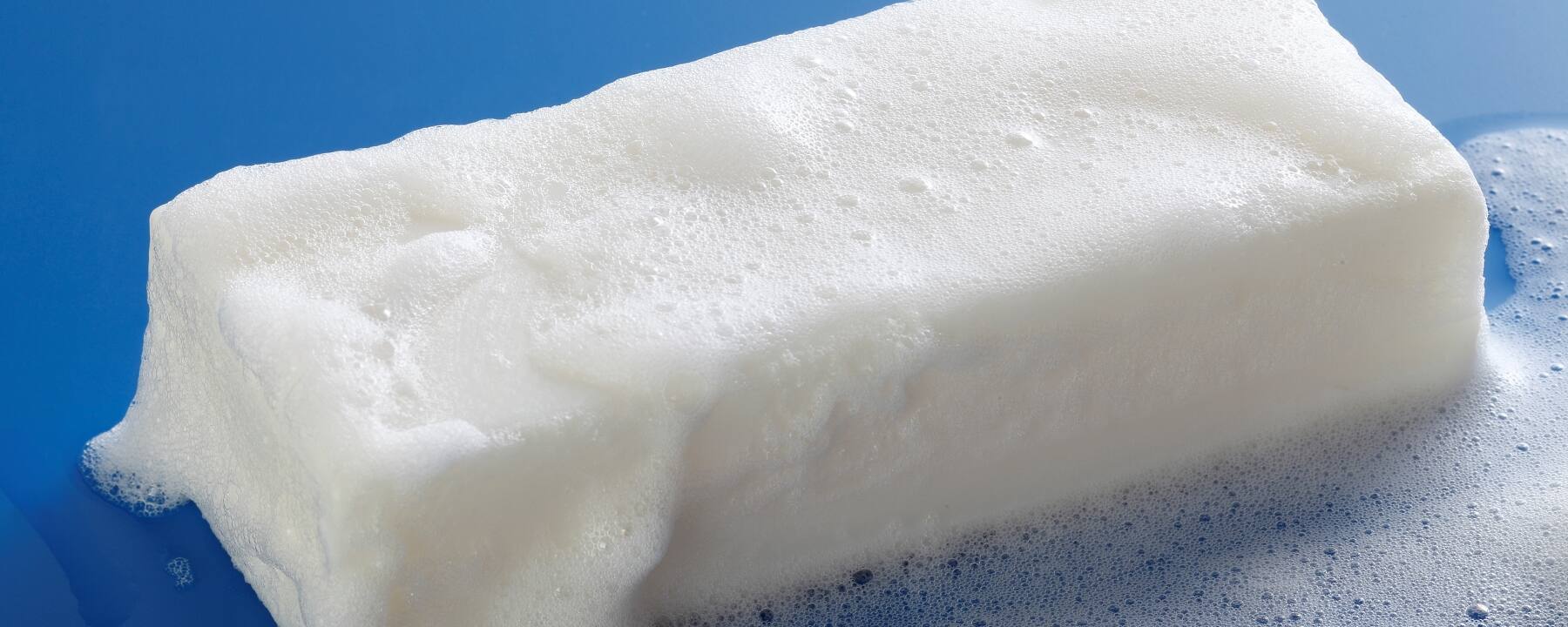
The world of sulfates
Much more than whipping up foam
When a discussion or report focuses on personal care and cosmetic products, surfactants and sulfates are sure to be mentioned. The use of some sulfate surfactants has been the subject of disagreement for years. Even so, there is no need for this irritation or confusion. Our information on sulfates seeks to shed some light, clear up some old prejudices, and lend a helping hand to often misunderstood sulfate surfactants.
Hair has played a major role in human history. Looking good, feeling good – it's a basic need for many people, and they are willing to do a great deal to achieve it.
“There’s no second chance to make a first impression” is a popular saying and people take it seriously. Hair care has always been extremely important to many, and this continues to be the case.
Hair care these days could be simple. Go shopping, pick up the right product from the vast range of formulas on offer, take it home and use it. But is it really that easy? People's wishes, needs and requirements change, and laws and regulations change. Information gathering has also changed dramatically in recent decades. Picking the right product turns out to be a large endeavor.
Increased awareness
Not only have consumers become more environmentally aware in recent years, but they are also much more knowledgeable about such issues. In the cosmetics sector, this means that consumers are scrutinizing ingredients, companies’ sustainability strategies have become part of the purchasing decision and, in addition to their own needs, consumers are also focusing more on nature and the environment.
Some things everyone – manufacturers, product formulators and consumers – can agree on: hair should be beautiful, clean and healthy, and cosmetic products should not only be good for people but also good for the environment.
Surfactants
Surface active ingredients. They are considered to be active washing substances, and they are available in both natural and synthetic forms. As agents, surfactants can cause substances that normally repel each other to mix, e.g. water and oil.
Sulfate surfactants
They are surfactants and members of the category of anionic surfactants. They stand out thanks to their excellent cleansing and foaming properties and are produced primarily from renewable raw materials (fatty alcohols from palm kernel oil and coconut oil). The two best-known sulfate surfactants that you will recognize from your cosmetic products are SLS (SODIUM LAURYL SULFATE) and SLES (SODIUM LAURETH SULFATE).
When we talk about shampoo and hair care, surfactants and sulfates are undoubtedly among the prime subjects that are most frequently discussed and most controversial. More information under "Sparkling clean and beautifully foamy".
Their main benefit: they don't give dirt, grease and oil a chance. In terms of body care, they also offer excellent foaming properties. What's more, they have a long tradition and have always proven their value.
First, though, let’s define what a shampoo is and what tasks it needs to peform:
- cleans hair
- removes dirt, grease and any dandruff
- special shampoos for different hair types, such as dandruff shampoo and shampoo for dry hair
Of course, shampoos have also evolved over the years (Shampoo – A success story since 1903). In the beginning, cleaning was not only first on the list of requirements, but effectively was the list. Different types of hair, scalp differences or more general variations in consumer perceptions and wishes were either not taken into account at all or only marginally. Today, it’s a very different story. Manufacturers and product formulators don't just look at cleansing ability. Skin compatibility and sensory properties are just a couple of examples of the expanded requirements profile we could mention.
Safety is the top priority
So-called active washing substances, or surfactants, are responsible for cleaning. These include Sodium Lauryl Sulfate (SLS) and Sodium Laureth Sulfate (SLES). There are two camps of opinion regarding their use. For some, the use of these ingredients is indispensable, while for others they are a red flag and a “no go”.
Although plenty has been published about the raw materials and ingredients used in various cosmetic products, one important factor is unfortunately neglected by many reports, campaigns and blog articles: all the products that you find on the shelves of your local drugstore, pharmacy or supermarket have been tested and checked and are safe to use.
Rather than educating consumers, many reports and opinions on these types of sulfate surfactant stir up general uncertainty, to the point of creating a fear of using these particular ingredients. One thing is for sure: there is really no need for any consumer to be afraid.
Any substance or mixture intended to be placed in contact with the external parts of the human body (epidermis, hair system, nails, lips and external genital organs) or with the teeth and the mucous membranes of the oral cavity with a view exclusively or mainly to cleaning them, perfuming them, changing their appearance, protecting them, keeping them in good condition or correcting body odours-
‘Cosmetic product’ means
It is important to say that in the EU, a safety assessment is carried out on all cosmetic products, including shampoos and sulfate surfactants. The use of various ingredients, such as preservatives, is heavily regulated, and some substances are prohibited (1,328 substances were prohibited as at the end of 2022). In other words, you really don't have to worry about safety. Being harmless to the environment is another major factor in the approval of a product or ingredient. In addition to the Cosmetics Regulation, rules and guidelines under chemical laws and the Washing and Cleansing Agents Act (WMRG) ensure eco-toxicological safety.
In some cosmetic products, you may indeed find an ingredient that you would have regarded as flammable or hazardous. All such substances are included in products in quantities and at levels that do not pose any risk to health. This is also controlled and regulated by law. You can absolutely rely on this. And to borrow another saying: “The dose makes the poison.” You can find out more about this and the role sulfate surfactants play in another article here on our sulfate page.
Shampoo – A success story since 1903
Before we dive a little deeper into the world of SLS and SLES, let’s take a quick look back in time. Although shampoo hasn't always been around, haircare has evolved over a long time.
More information

